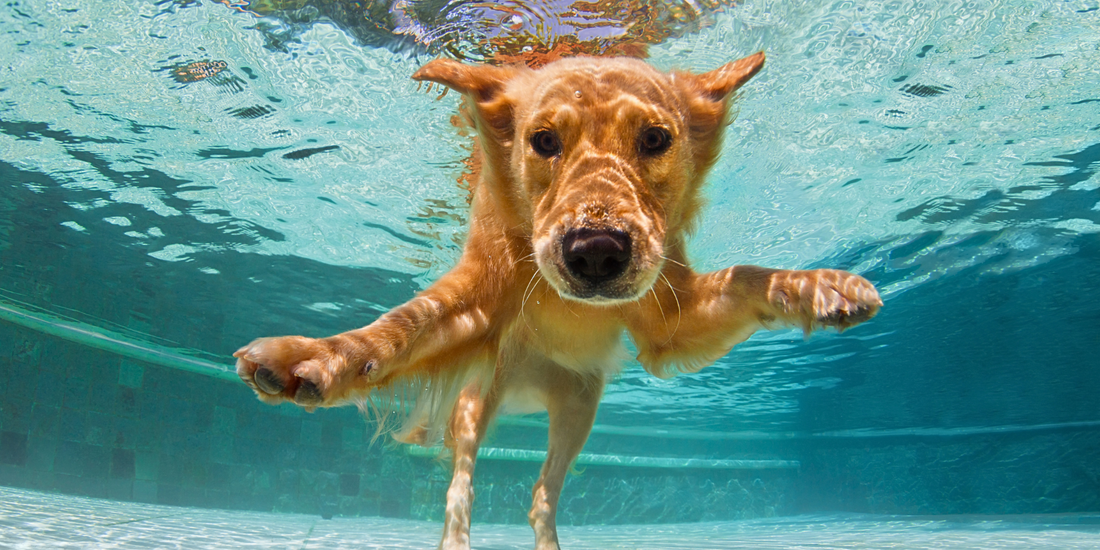You may think that all dogs have the innate ability to swim (why else would they call it a "doggie paddle"?). But in reality, swimming is not a natural skill for all dogs. In fact, some dogs have trouble keeping their heads above water and are more likely to sink than swim. Here is an overview of dogs and swimming, as well as ways to keep your pup safe around water.
Can All Dogs Swim?
When it comes to canines and swimming, there are four general categories of dogs: those that can swim naturally, those that can be taught to swim, those that cannot swim and those that are afraid of water.
Breeds in the first category include Retrievers, Spaniels and Newfoundlands, among others. These dogs were bred for tasks in the water, like retrieving waterfowl or performing water rescues. They are physically and anatomically made for swimming, equipped with strong limbs, webbed feet and long tails that act like rudders.
On the flip side, examples of breeds that fall in the "can't swim" category are Basset Hounds, Bulldogs, Dachshunds, Pugs, etc. These dogs are physically and anatomically not suited for swimming because they have one or several of the following: long bodies, short limbs, large heads, flat faces and muzzles (brachycephalic breeds), low stamina or small bodies that make it difficult to maintain body heat.
The last category - dogs who are afraid of or dislike water - is not necessarily breed-specific and can affect any individual dog. Dogs in this category tend to panic once submerged in water. This can be risky because panicked dogs often kick frantically, which can quickly lead to fatigue and increase the risk of drowning. It's best not to force your dog into the water if he or she falls into this category.
Fortunately, there are ways to enjoy time near the water with dogs who either dislike it or can't swim. For instance, you can get a waterproof, outdoor dog bed for your pup to enjoy time outside without getting in the water. Or you can use a lifejacket or vest so your pup who can't swim can stay safe in the water.
Dog Swimming Safety Tips
1. Make Sure Your Dog Is Comfortable
As with any experience, especially if it's a new one, make sure your dog is comfortable with the water - whether it's for your backyard pool or the ocean. Never force a dog into a situation in which they are uncomfortable or unhappy.
2. Use A Life Jacket
A life jacket or vest is useful in combatting fatigue in dogs that can swim and is a must for dogs who like water but can't swim. It is also especially helpful for adventures in large bodies of water with strong currents, like the ocean.
Pro Tip: It is recommended that you use a dog lifejacket or vest around water, even if your dog isn't going to be swimming.
3. Check The Water
Make sure the water is safe, clean and the right temperature for your dog. Avoid water that is an unexpected color, too cold, too hot or covered with something like algae or a film.
Pro Tip: For extended exposure, anything under 50 degrees Fahrenheit is too cold for dogs.
4. Rinse & Dry Post-Swim
After your dog's swim, it's a good idea to rinse them off with fresh water or give them a bath to remove any salt, chlorine or other substance that may have been in the water. Also make sure to dry them off thoroughly, to avoid a drop in body temperature or the chills. This is particularly important for long-haired breeds.
Pro Tip: Make sure to dry your dog's ears and paws after a swim in a chlorinated pool, as chlorine can cause irritation, burns or other skin reactions.

